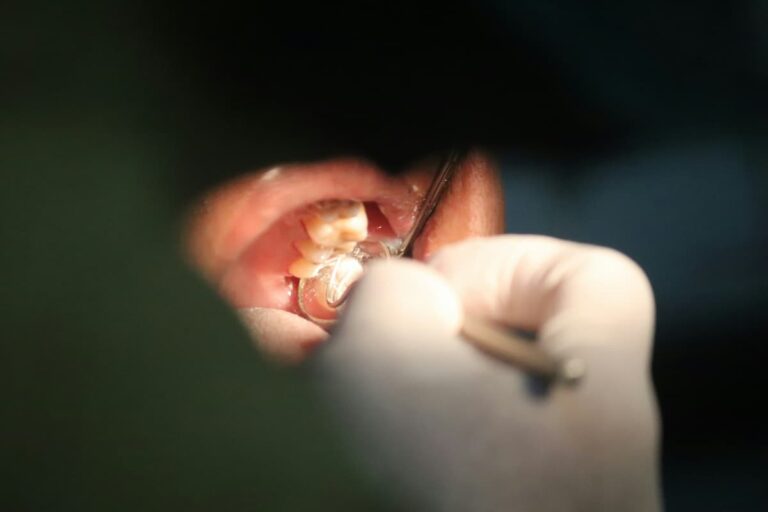Periodontal Treatment
Inquire About Periodontal Treatment
There are many different varieties of periodontal disease, and many ways in which these variations manifest themselves.
All require immediate treatment by a periodontist to halt the progression and save the gum tissue and bone.
Here are some of the most common types of periodontal disease along with the treatments typically performed to correct them:
Gingivitis
Gingivitis is the mildest and most common form of periodontitis. It is caused by the toxins in plaque and leads to periodontal disease.
People at increased risk of developing gingivitis include pregnant women, women taking birth control pills, people with uncontrolled diabetes, steroid users and people who control seizures and blood pressure using medication.
Chronic Periodontal Disease
Chronic periodontal disease is the most common form of the disease, and occurs much more frequently in people over 45. Chronic periodontal disease is characterized by inflammation below the gum line and the progressive destruction of the gingival and bone tissue. It may appear that the teeth are gradually growing in length, but in actuality the gums are gradually recessing.
Aggressive Periodontal Disease
Aggressive periodontal disease is characterized by the rapid loss of gum attachment, and the rapid loss of bone tissue.
The disease itself is essentially the same as chronic periodontitis but the progression is much faster.
Smokers and those with a family history of this disease are at an increased risk of developing aggressive periodontitis.
Periodontal Disease Relating to Systemic Conditions
Periodontal disease can be a symptom of a disease or condition affecting the rest of the body.
Depending on the underlying condition, the disease can behave like aggressive periodontal disease, working quickly to destroy tissue.
Heart disease, diabetes and respiratory disease are the most common cofactors, though there are many others.
Even in cases where little plaque coats the teeth, many medical conditions intensify and accelerate the progression of periodontal disease.
Necrotizing Periodontal Disease
This form of the disease rapidly worsens and is more prevalent among people who suffer from HIV, immunosuppression, malnutrition, chronic stress or choose to smoke.
Tissue death (necrosis) frequently affects the periodontal ligament, gingival tissues and alveolar bone.
Periodontal Treatment
Periodontal disease damages the surrounding soft tissues and bone that support the teeth.
It is predominantly caused by the accumulation of bacteria, mucus and other particles in the form of plaque or tartar that sit between the teeth and the gums.
Periodontal disease can range in severity from a simple gum inflammation, known as gingivitis, to a more serious inflammation of the periodontal tissues.
Left untreated periodontal disease can result in significant tissue damage and eventual tooth loss.
The problem with periodontal disease is that often the progression is painless. As a result the affected individual may not be aware of an ongoing disease process.
This is why it is so important to recognize the signs of the earliest stage of periodontal disease, which is gingivitis.
The symptoms of gingivitis typically include:
- reddening and darkening of the gums
- swollen or inflamed gums where the tooth meets the gums
- bleeding gums
Treatment instituted at this point is often sufficient to reverse the course of the disease and to avoid any permanent damage to the periodontal tissues.
A series of deep dental cleanings, an improved home care regimen, and a commitment to regular maintenance may be all that is required to prevent this stage of periodontal disease from progressing.
Left untreated, gingivitis can escalate into periodontitis.
However, there are other factors that can contribute to the escalation of periodontal disease, including:
- smoking
- genetic tendencies
- unchecked diabetes
In either case, when periodontal disease has progressed to a more advanced stage there is usually clinical and radiographic evidence of damage to the bone and soft tissues supporting the teeth.
Periodontal treatment in this phase is designed to halt the progression of the disease and to restore tooth support as possible.
This may involve medications to control the bacteria and reduce the size of the pockets between the teeth and gums, gum surgery, as well as bone and tissue grafts.